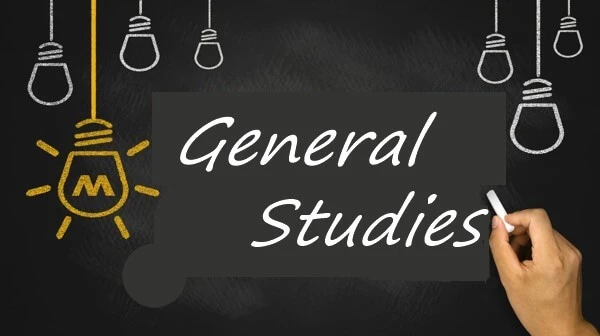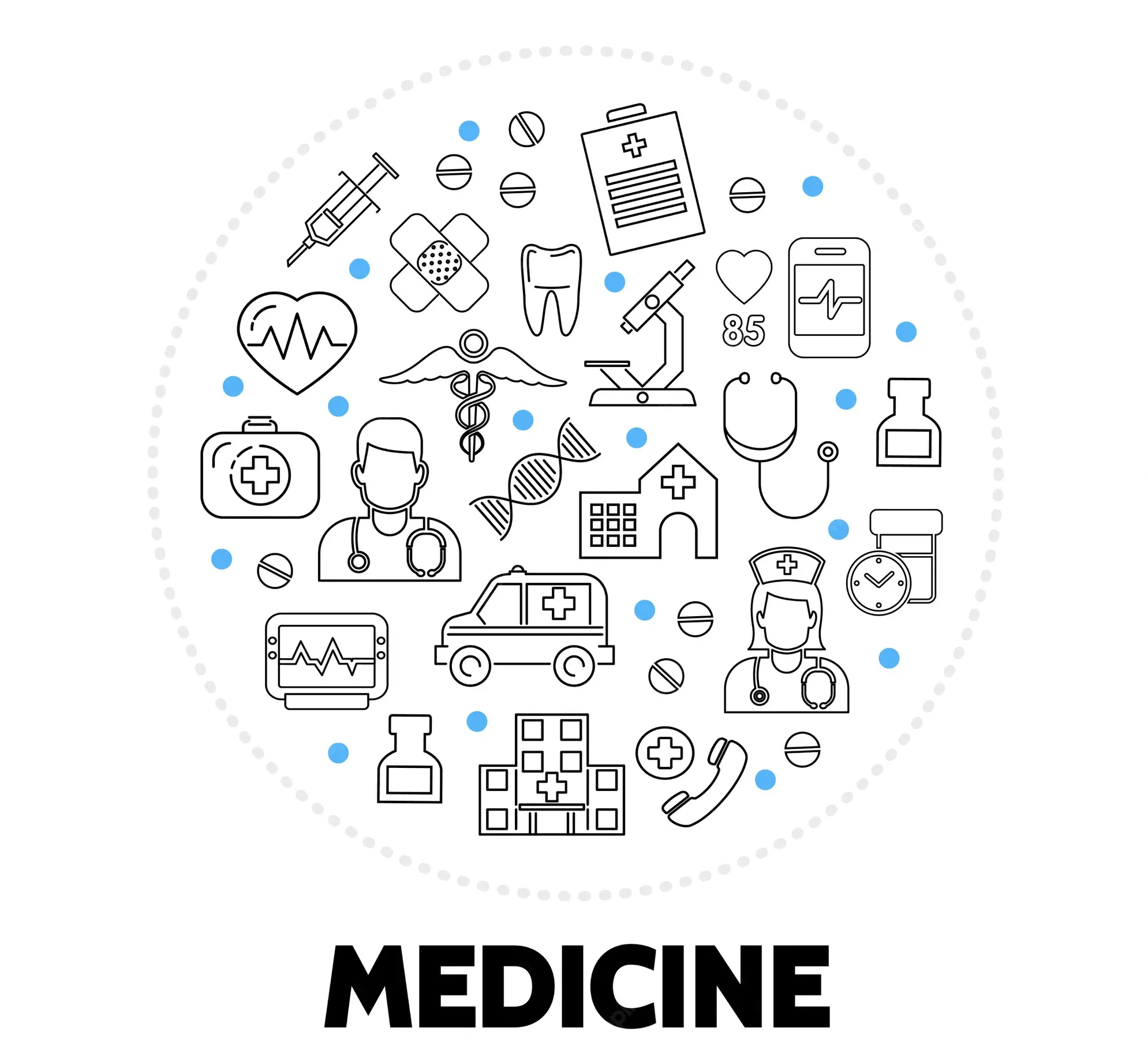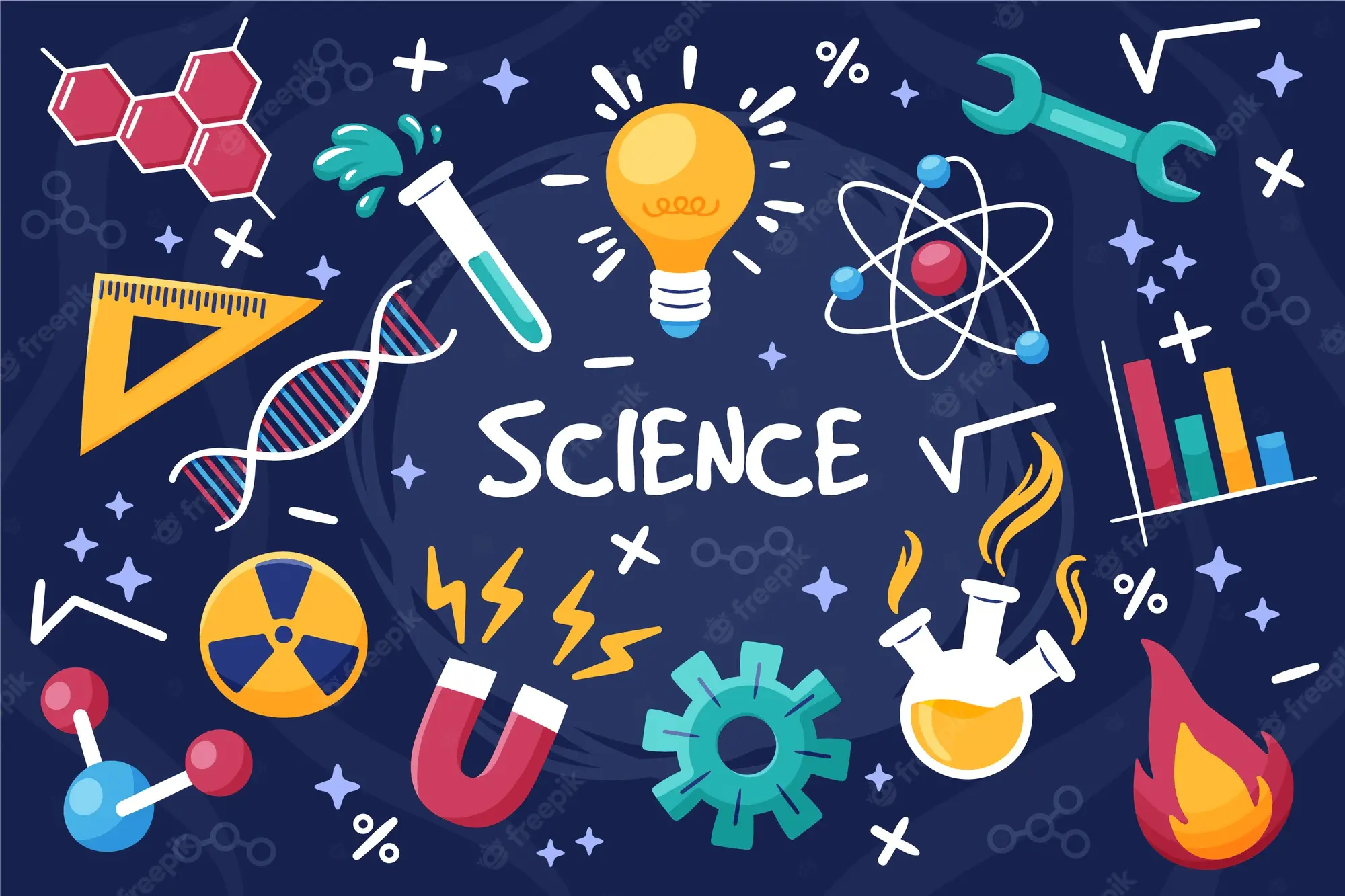Bond Books
Author: Daniel Bloch
School: University of Ibadan
Department: Science and Technology
Course Code: CHE177, CHE277, CHE279, CHE358, CHE377
Topics: atomic structure, atomic number, atomic mass, functional group, acid base, alkane, cycloalkane, stereochemistry, alkene, reaction mechanism, alkyne, characterization, organohalide, Nucleophilic substituition, elimination reaction, alchol, ether, sulfur, aromatic compound, aldehyde, ketone, carboxylic acid, carbonyl compound, octet rule, lewis structure, oribital shape, quantum mechanics, bond formation, valence bond theory, electronegativity, dipole moment, resonance structure, isomer, chiral compound, enantiomer, diastereomer, fisher projection, stereoisomer, thermodynamics, kinetics, carbocation, stereochemistry, Markovnikov rule, Hammond postulate, chromatography, spectroscopy
Chemistry The Molecular Nature of Matter and Change ,9th edition
Author: Martin Silberberg, Patricia Amateis
School: University of Nigeria, Nsukka
Department: Science and Technology
Course Code: CHM112
Topics: Chemistry, matter, Stoichiometry, Chemical Reactions, Kinetic-Molecular Theory, Thermochemistry, Quantum Theory, Atomic Structure, Electron Configuration, Chemical Periodicity, chemical bonding, Shapes of Molecules, covalent bonding, Intermolecular Forces, Periodic Patterns, Organic Compounds, carbon, chemical reactions, chemical kinetics, chemical equilibrium, Acid-Base Equilibria, Ionic Equilibria, Thermodynamics, Entropy, Free Energy, Reaction Direction, Electrochemistry, Chemical Change, Electrical Work, Transition Elements, nuclear reactions
Principles of General Chemistry ,3rd edition
Author: Martin Silberberg
School: University of Nigeria, Nsukka
Department: Science and Technology
Course Code: CHM101, CHM112, CHM122
Topics: matter, chemical reactions, gases, Kinetic Molecular Theory, Thermochemistry, Energy Flow, Chemical Change, Quantum Theory, Atomic Structure, Electron Configuration, Chemical Periodicity, Chemical Bonding, Shapes of Molecules.Covalent Bonding, Intermolecular Forces, Periodic Patterns, solutions, Organic Compounds, carbon, Mechanisms of Chemical Reactions, Acid-Base Equilibria, Ionic Equilibria, Thermodynamics, Entropy, Free Energy, Electrochemistry, Chemical Change, Electrical Work, Transition Element, Nuclear Reactions
Student Solutions Manual to accompany Principles of General Chemistry
Author: Martin Silberberg, Patricia Amateis
School: University of Nigeria, Nsukka
Department: Science and Technology
Course Code: CHM101, CHM112, CHM122
Topics: matter, chemical reactions, gases, Kinetic Molecular Theory, Thermochemistry, Energy Flow, Chemical Change, Quantum Theory, Atomic Structure, Electron Configuration, Chemical Periodicity, Chemical Bonding, Shapes of Molecules.Covalent Bonding, Intermolecular Forces, Periodic Patterns, solutions, Organic Compounds, carbon, Mechanisms of Chemical Reactions, Acid-Base Equilibria, Ionic Equilibria, Thermodynamics, Entropy, Free Energy, Electrochemistry, Chemical Change, Electrical Work, Transition Element, Nuclear Reactions
Investment Management Analysis
Author: JN Obi
School: National Open University of Nigeria
Department: Administration, Social and Management science
Course Code: ENT331
Topics: Investment Management Analysis, Role of Investment, Fixed income Securities, Securities Markets, Investment Planning, Investment Return, risk, Common Stock, Security Analysis, Bond Valuation, bond Analysis, Commodities, Financial Futures, mutual funds
Schaum's Outline of College Chemistry ,Ninth edition
Author: Jerome Rosenberg, Lawrence Epstein, Peter Krieger
School: Ahmadu Bello University, Zaria
Department: Science and Technology
Course Code: CHEM131
Topics: temperature, temperature units, atomic mass, molar mass, molecular mass, relative atomic mass, emperical formula, chemical formula, limiting reactant, chemical reactions, gas, gas volume, pressure, standard atmospheric pressure, pressure measurement, gas law, Boyle's law, Charles's law, Gay-lussac law, combined gas law, ideal gas, ideal gas law, kinetic theory, avogardo hypothesis, molar volume, gas volume, gas stoichiometry, thermochemistry, heat, heat capacity, calorimetry, energy, enthalphy, thermochemical reactions, atomic structure, particle, waves, Pauli principle, Periodic law, Aufbau principle, Electron configuration, Atomic radii, ionization energy, electron affinity, chemical bonding, molecular structure, ionic compounds, covalence, valence-bond representation, molecular-orbital representation, π BONDING, MULTICENTER π BONDS, coordination compounds, isomerism, solid, liquid, crystals, crystal forces, Ionic Radii, oxidation-reduction, oxidation number, oxidizing agents, reducing agents, ionic notation, balancing equations, concentration, concentration scales, concentration units, dilution, volumetric standard solutions, vapor pressure lowering, freezing-point lowering, boiling-point lowering, Boiling-point elevation, osmotic pressure, Law of distribution, isomerism, functional groups, organic chemistry, biochemistry, thermodynamics, chemical equilibrium, Equilibrium constant, Le Chatelier's principle, acid, base, hydrolysis, buffer solution, indicators, weak polyprotic acids, tittration, complex ions, coordination complexes, electrochemistry, solubility product, electrical units, electrolysis, voltaic cells, standard half-cell potentials, free energy, Nonstandard potentials, rate of reactions, rate constant, energy of activation, Nuclear process, Binding energy, nuclear equations, radiochemistry
Shriver & Atkin's inorganic chemistry
Author: Peter Atkins, Tina Overton, Jonathan Rourke, Mark weller, Fraser Armstrong, Michael Hagerman
School: University of Ibadan
Department: Science and Technology
Course Code: CHE126
Topics: Inorganic chemistry, atomic structure, atomic orbitals, molecular structure, bonding, Lewis structure, valence bond theory, Molecular orbital theory, ionic solids, ionic bonding, semiconduction, acid, base, Brønsted acidity, Lewis acidity, oxidation, reduction, reduction potentials, redox stability, Molecular symmetry, isomerism, coordination compounds, chirality, spectroscopy, chemical analysis, Magnetometry, periodic trends, Group 1 elements, Group 2 elements, hydrogen, Group 13 elements, Group 15 elements, Group 14 elements, Group 16 elements, d-Block elements, Representative compounds, Electronic spectra, Magnetism, Coordination chemistry, Ligand substitution reactions, Ligand substitution, Redox reactions, Photochemical reactions, Lanthanoid chemistry, Actinoid chemistry, ligands, Solid-state chemistry, materials chemistry, Metal oxides, nitrides, fluorides, Chalcogenides, intercalation compounds, Hydrides, inorganic pigments, Semiconductor chemistry, Molecular materials, fullerides, catalysis, Homogeneous catalysis, Heterogeneous catalysis, Hybrid catalysis, Characterization, fabrication, Nanomaterials, nanoscience, nanotechnology, Self-assembled nanostructures, Bioinorganic nanomaterials, Biological inorganic chemistry, Catalytic processes, Biological cycles, Chelation therapy, nitrogen cycle, hydrogen cycle, acid-base catalysis, Tethered catalysts, Electrocatalysis, Alkene polymerization, Ammonia synthesis, Hydroformylation, Alkene metathesis
Author: Kelani Tawakalit
School: Edo University
Department: Science and Technology
Course Code: CHM123
Topics: Organic Chemistry, homologous series, functional group, organic compounds identification, Quantitative analysis, qualitative test, freeze drying, steam distillation, Chromatography, column Chromatography, electronic theory, bonding, Lewis structures, VSEPR theory, valence bond theory, valence shell electron pair repulsion theory
SEMICONDUCTOR DEVICES TECHNOLOGY
Author: GA CHUKWUDEBE
School: Federal University of Technology, Owerri
Department: Engineering
Course Code: ECE405
Topics: semiconductor Devices, semiconductor transistor, metals, insulators, semiconductors, Semiconductor materials, Atomic structure, chemical bonds, Rutherford Atomic Models, Bohr Atomic Models, Electron energy levels, Energy bands, Atomic bonding, Intrinsic Semiconductors, Extrinsic Semiconductors, minority carriers, majority carriers, Mass action law
Foundations of Materials Science and Engineering, sixth edition
Author: William Smith, Javad Hashemi, Francisco Presuel-Moreno
School: Federal University of Technology, Owerri
Department: Engineering
Course Code: ENG207, ENG208
Topics: Atomic Structure, Atomic Bonding, Crystal structure, Amorphous Structure, Solidification, Crystalline Imperfections, Engineering Alloys, Phase Diagrams, Polymeric Materials, ceramics, Composite Materials, corrosion, light, superconductive materials, magnetic properties, biological materials, biomaterials, smart materials, bond, cubic unit cell, diffusion, alloy, metal, stress, strain, Poisson ratio, plastic deformation, gibbs phase rule, cooling curves, copper, iron, steel, cast iron, aluminum, magnesium, titanium, nickel, thermoplastic, thermost, elastomer, rubber, glass, concrete, asphalt, wood, sandwich structures, corrosion rates, metal-matrix, ceramic-matrix, galvanic cells, microelectronics, nanoelectronics, semiconductors, light, electromagnetic spectrum, laser, luminescence, optical fibers, superconducting materials, ferromagnetic, magnetic field, ferromagnetism, tendon, ligament, articular cartilage
Departments

Administration, Social and Management science

Agriculture and Veterinary Medicine

Arts and Humanities

Education

Engineering

General studies

Law

Medical, Pharmaceutical and Health science

Science and Technology